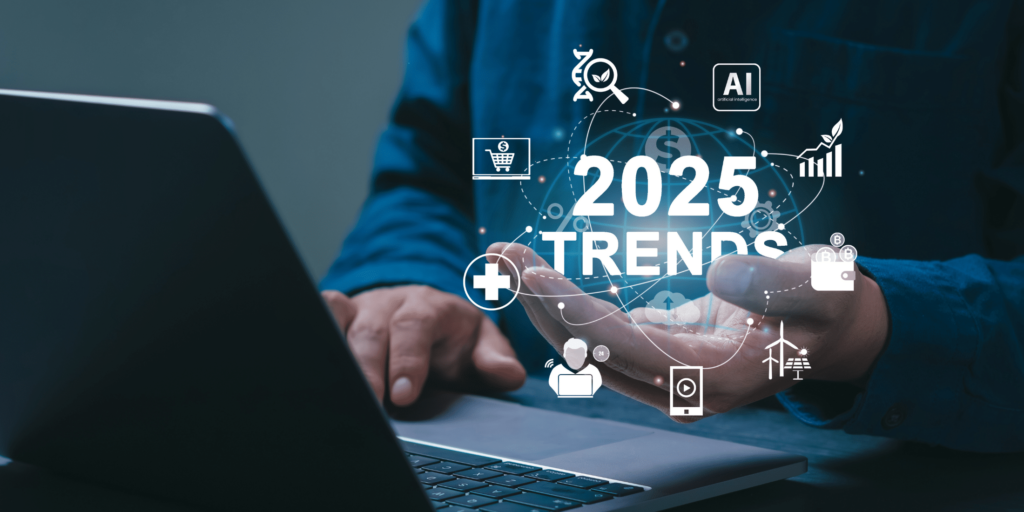How to Optimize Supply Chain Visibility in 2025
In the fast-evolving global marketplace, supply chain visibility is no longer just a competitive advantage — it’s a necessity. By 2025, companies that fail to optimize their supply chains risk higher costs, poor customer satisfaction, and missed growth opportunities. Businesses need real-time data, predictive insights, and collaborative technologies to build transparent, resilient supply networks.
In this article, we’ll explore how to optimize supply chain visibility in 2025, key technologies to invest in, and actionable strategies you can implement today.

What Is Supply Chain Visibility?
Supply chain visibility refers to a company’s ability to track components, products, and information as they move through various stages of the supply chain — from raw materials to end consumers.
It includes tracking inventory, transportation, production processes, and supplier performance.
High visibility leads to better decision-making, faster responses to disruptions, and improved customer trust.
For businesses looking to streamline sourcing and supply chain management, partnering with experienced agents like Product Sourcing Agent can greatly enhance operational transparency.
Why Supply Chain Visibility Matters More Than Ever
Several factors in 2025 make supply chain visibility a critical focus:
- Geopolitical tensions impacting cross-border trade
- Consumer demand for transparency (especially in sustainability and ethical sourcing)
- Complex global networks with multiple suppliers and logistics partners
- Rapid technological advances like AI and blockchain in supply chains
According to a report by Gartner, companies with real-time, end-to-end visibility achieve 20% higher customer satisfaction and 30% lower operational costs.
Top Strategies to Optimize Supply Chain Visibility in 2025
Here are the best approaches businesses should focus on:
1. Implement IoT (Internet of Things) Sensors and Smart Devices
IoT-enabled sensors can monitor the location, temperature, and condition of goods in real time.
For example:
- RFID tags for warehouse and in-transit tracking
- Smart pallets to monitor shipment conditions
- Fleet management systems to track delivery vehicles
With IoT integration, businesses can proactively manage risks, delays, or spoilage across the supply chain.
Interested in learning more about logistics integration? Check out Logistics Solutions from Product Sourcing Agent.
2. Leverage Blockchain for Supply Chain Transparency
Blockchain creates a tamper-proof record of transactions and product movements.
This is especially critical for industries like:
- Pharmaceuticals (tracking authenticity)
- Food and beverage (tracking origin and handling conditions)
- Luxury goods (preventing counterfeiting)
Platforms like IBM’s Food Trust and VeChain have shown how blockchain can boost transparency and consumer trust.
Blockchain also enables smart contracts, which automate compliance and payments based on agreed supply chain conditions.
3. Use Advanced Predictive Analytics and AI
Artificial Intelligence (AI) can forecast potential disruptions, optimize inventory, and recommend corrective actions.
Examples include:
- Predictive maintenance for supply chain equipment
- Anticipating raw material shortages
- Optimizing inventory levels based on real-time demand signals
Machine learning models become more accurate over time, allowing businesses to move from reactive to proactive supply chain management.
If you’re considering expanding or sourcing from new markets, check out Agent Services that can align sourcing decisions with real-time market data.
4. Invest in Cloud-Based Supply Chain Management Platforms
Traditional ERP systems are too slow and rigid.
Modern supply chains require cloud-based platforms that offer:
- Real-time collaboration across geographies
- Access to centralized, updated data
- Quick adaptability to market or operational changes
Leading SCM platforms like SAP Integrated Business Planning (IBP), Oracle SCM Cloud, and Blue Yonder are setting new benchmarks for visibility and agility.
5. Strengthen Supplier Collaboration and Risk Management
Visibility extends beyond your organization — it depends on how connected you are to your tier 1 and tier 2 suppliers.
Key steps include:
- Shared access to planning and forecasting systems
- Regular performance reviews and audits
- Co-developing contingency plans for risks (natural disasters, cyberattacks, political instability)
Many businesses are now developing multi-sourcing strategies to avoid over-dependence on a single supplier or region.
Working with experienced agents such as Product Sourcing Agent helps companies build diversified and reliable supply networks, especially in emerging markets.
6. Automate Manual Processes Where Possible
Manual data entry and reporting create delays and increase the risk of human error.
Invest in automation tools for:
- Order processing
- Inventory management
- Document verification and compliance
Automation not only saves time but ensures that decision-makers have accurate, timely information.
Automation can also enhance your digital marketing efforts. Learn more at Digital Marketing for Sourcing Companies.
Future Trends Impacting Supply Chain Visibility Beyond 2025
Looking ahead, several innovations will reshape how we view and manage supply chains:
- AI-powered autonomous logistics (driverless trucks, automated warehouses)
- Digital twins of supply networks for simulation and risk management
- Augmented reality (AR) for warehouse operations and remote inspections
- Sustainability tracking to comply with new carbon regulations
Companies that begin investing in these areas today will have a significant advantage tomorrow.
Conclusion: The Time to Act Is Now
The importance of supply chain visibility will only grow.
Businesses that optimize visibility in 2025 will gain superior agility, reduce costs, boost customer satisfaction, and stay compliant with global regulations.
Whether you are sourcing new products, expanding to new markets, or strengthening your logistics backbone, focusing on visibility is no longer optional — it’s essential.
Partnering with experts like Product Sourcing Agent can help you streamline operations, reduce risks, and create a transparent, future-ready supply chain.
Take action today — because the supply chains of tomorrow will reward the prepared.